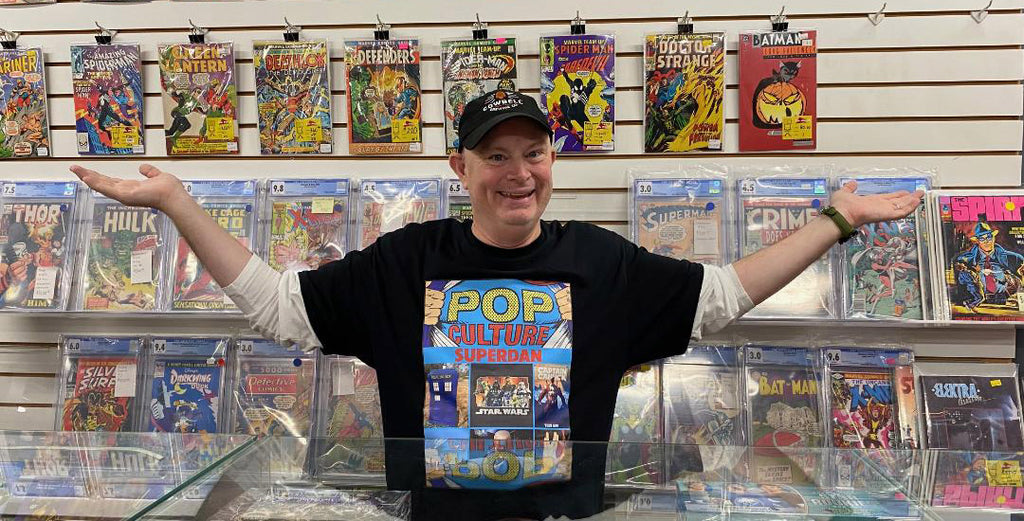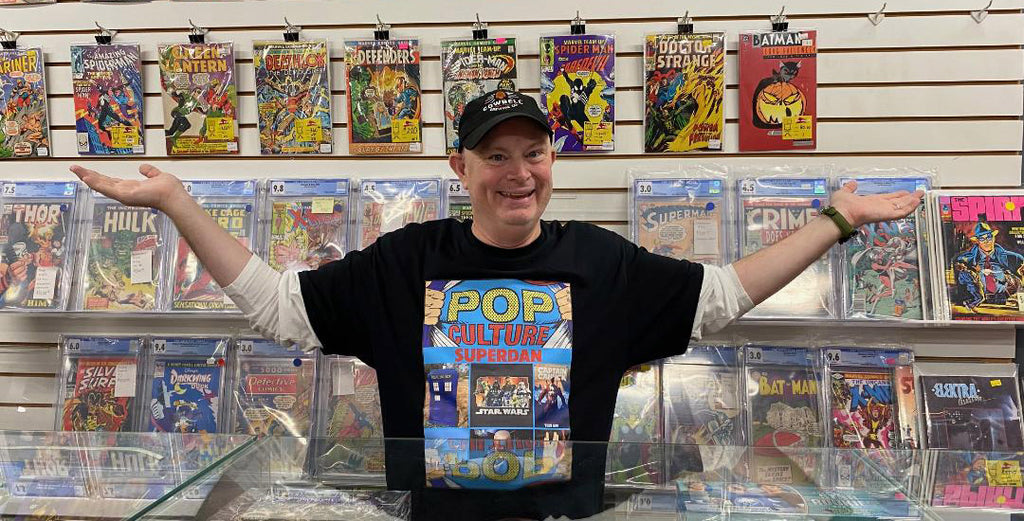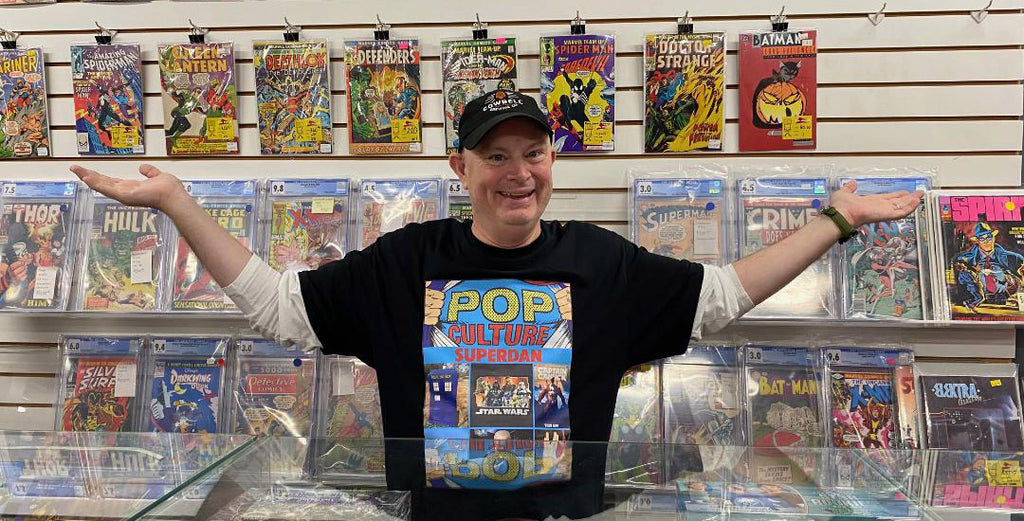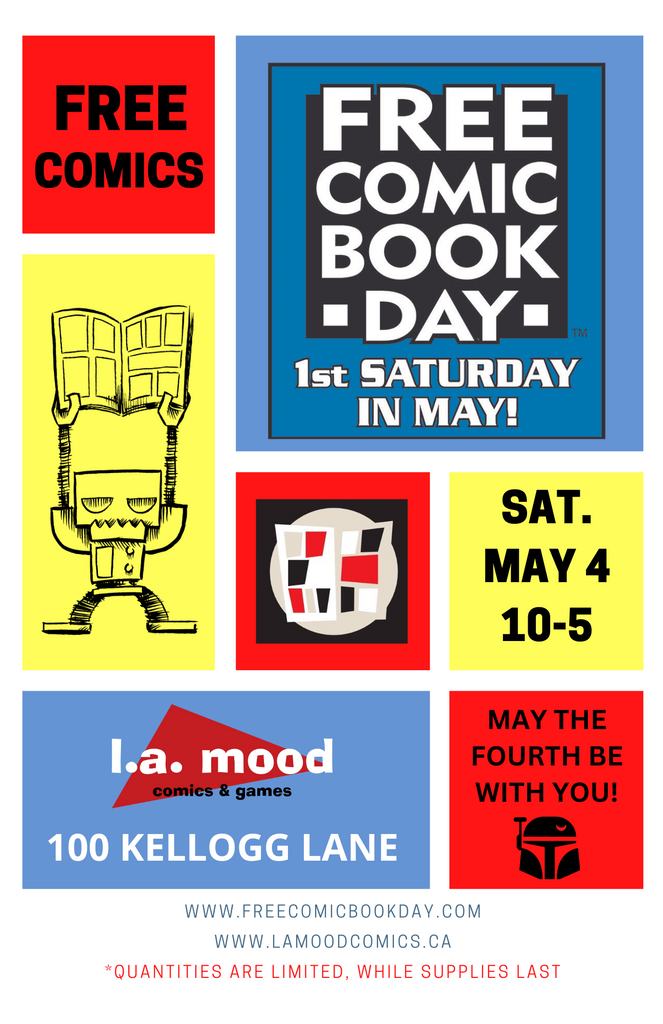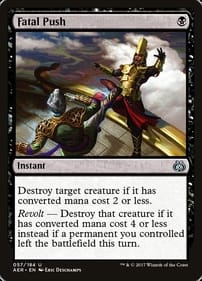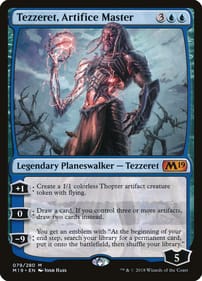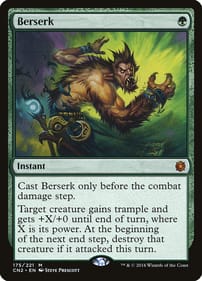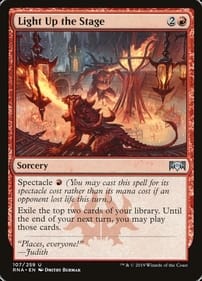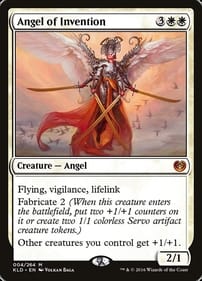What Makes A Comic Run Legendary?
By Dan Brown When comic fans say they love a particular “run,” they’re not referring to shredded panty hose or uncomfortable bowel distress. No, they’re talking about long-running comic titles that have a prolonged period of creativity for a set number of issues under a certain creative team or individual comic creator. Are you a fan of a TV show that’s been around for a while? Are there maybe one or two seasons that stick out in your mind? Then you’ve got the idea of a legendary run in comics. This is why you’ll hear comic enthusiasts say something like, “I believe John Byrne’s run on The Fantastic Four is second only to Jack Kirby and Stan Lee’s time on the same series.” Runs are possible because some titles have been around for more years than I’ve been alive. For example, in the course of a series like Marvel’s The Amazing Spider-Man, which launched in 1963, a long list of writers and artists (not to mention inkers, colourists, letterers, and editors) have worked on the book over the decades, bringing the venerable web-slinger to life. Naturally, fans like how Spidey is handled more or less depending on who is doing the drawing and writing. And of course we fans also love to debate the merits of different runs. Steve Ditko did the art for the first 38 issues of Spider-Man and his run is considered foundational. But some modern fans prefer, say, when John Romita Jr. drew the title with J. Michael Straczynski scripting in the early 2000s. It’s all up to personal preference. Why are some runs so fruitful, such a riot of invention? Dunno. It’s up to comics alchemy. There are ongoing debates about why a particular partnership jells, setting the comic world on fire. But nobody knows exactly why a specific illustrator or writer is in the zone over a sustained period of time. So companies such as Marvel or DC can’t set out to launch a legendary run. It just happens. You might as well try to guess what the source of all creativity is.What I do know for sure is that in my long career as a comic fan, I’ve been blessed to witness many amazing runs. It was probably the partnership of John Byrne with Chris Claremont on The Uncanny X-Men back in the late 1970s and early 1980s that solidified my burgeoning love for comic books. The work they did together is still remembered fondly today, including the Dark Phoenix story arc. Those issues are beyond legendary, beloved by subsequent generations of comics fans – and the folks in Hollywood, who continue to plunder the duo’s ideas for fresh movie material. The pair launched a team of Canadian heroes, Alpha Flight, during their reign on X-Men. Byrne would later pencil and write the first 28 issues of that group’s own title, which I just finished re-reading in anthology form. Why was Byrne on the Alpha Flight series for only two years? Because that was enough to tell all the Alpha Flight stories he wanted to tell. The sometime Canadian then had a truncated run on The Incredible Hulk – it’s not clear to me why he didn’t do more than six issues of the rampaging creature’s adventures. It’s not like he didn’t have the staying power – as he proved when he did the creative duties on The Fantastic Four for a staggering six years. (It wasn’t until I read the early Kirby/Lee issues of Fantastic Four that I understood what Byrne was trying to accomplish with Mister Fantastic, the Invisible Woman, the Human Torch and the Thing. So sometimes a particular run will “echo” a previous one on purpose.) Other runs I love: Walt Simonson on Thor, David Mazzuchelli on Daredevil, George Perez and Marv Wolfman on The New Teen Titans, George Freeman on Captain Canuck, Michael Golden and Bill Mantlo on The Micronauts. The new wrinkle in modern publishing seems to be that the legendary runs are published as a series with a limited lifespan, such as Jeff Lemire’s 40-issue Sweet Tooth series, which was such a moving story (with a concrete ending) it made me cry. Or Mark Waid’s Irredeemable, which lasted a similar 37 issues. Those comics were not meant to go on endlessly. Perhaps today’s comics publishers realize sometimes less is more, and the concept of a superhero series that will grind on for years, eating up creative talent, has built-in limitations of its own. I mean, Byrne and Claremont had the audacious ambition to kill off Phoenix during their tenure on X-Men, a stunning move in 1980. But looking back, it feels like each subsequent creative team has sent her to the grave, too. I know that’s an exaggeration, but even a Phoenix can die only so many times before readers grow restless. Dan Brown has covered pop culture for more than 31 years as a journalist and also moderates L.A. Mood’s monthly graphic-novel group.
Curly Head Ballet an Enchanting Summer Read
By Dan Brown Judging by the sticky weather and thunderstorms we’ve been having in recent days, the time for summer reading is here – even if summer won’t officially arrive for weeks. If you’re in the mood for a warm-weather read, The Curly Head Ballet by Forest City cartoonist Doug Rogers will scratch that particular itch. This 33-page, black-and-white tale is an enchanting, wistful look at one little girl who just wants to dance, and was inspired by the city’s Original Kids Theatre.It’s longer than a traditional kids’ book, but not quite a full graphic novel, yet still packs a (sweet) punch. I enjoyed it on a recent muggy afternoon. It’s one of those books that is as deep as you want it to be. You may know Rogers for his political cartoons. Following in the footsteps of London Free Press legend Merle Tingley, Rogers skewers politicians at all levels of government. A recent LondonOntLife online cartoon has Ontario Premier Doug Ford promising, during his announcement to loosen liquor restrictions, “Save just 10,000 pop-up tabs (off beer cans) and get a doctor!” Rogers also specializes in depicting cartoon cats of various shapes, sizes and hues. “I think this is the first time I have ever finished anything,” Rogers joked about Curly Head Ballet in a blog post in February. He completed the book this spring. As with other summer reads, questions like “What happens in this book?” are kind of moot. It’s more about creating a feeling, a vibe, surrendering to the atmosphere Rogers has conjured. Natasha, the heroine of the story, goes to Madame De Barge’s studio in order to learn how to dance. She finds fairies there, and the story follows her as she is mocked (the nymphs call her “NaTRASHa” at one point), then told she must “Lose your head! Throw that stinking thinking away!” before there’s a musical number that ends the story with a whirl of bodies. It’s not clear what’s “real” in this book, nor does it matter. The point is just to enjoy Rogers’ fluid, expressive drawings. As summer frees us from the cold, Curly Head Ballet is sufficiently entertaining to free you of any hangups to make sense of its narrative. So naturally I was floundering to think of a comparison for The Curly Head Ballet. I racked my brain for another artist or property that would help readers understand it without having the new book in their hands. Then, it struck me. The perfect parallel. And bonus, it’s also a local one.You may remember how I reviewed another atmospheric graphic novel in this space last summer. I’m talking about DS Barrick’s dreamlike Murgatroyd & Nepenthe. Although they are both from local creators, Murgatroyd & Nepenthe and The Curly Head Ballet don’t have much in common in terms of content. But I do think they are similar in terms of the vibe they evoke. “Darling, your head’s in the way! I can’t help you if your head’s in the way,” Madame De Berge scolds Natasha, a line I could very easily see passing between Barrick’s two title protagonists. Another way to think about it: I don’t know for sure, but these two local creators both seem to have been inspired by Berkeley Breathed after he ended Bloom County and remade the strip in an abstract vein, calling it Outland. So by all means, spend a day this summer in a field with your back against the grass looking up at the clouds in hopes of spotting familiar shapes. Or you could check out The Curly Head Ballet instead and let yourself be transported to a theatrical, imaginary place where children and fairies dance side-by-side like you always knew they should. (A good starting point if you’re new to Doug Rogers is his blog, which can be found at dougsamu.ca.) Dan Brown has covered pop culture for more than 31 years as a journalist and also moderates L.A. Mood’s monthly graphic-novel group.
As a child, I Was Not Pop-Culture Deprived
By Dan Brown For a long time, for some reason, I was under the impression there wasn’t much pop culture around when I was a kid. Oh sure, there were Marvel Comics, Lego building blocks and one movie called Star Wars. But compared to today’s tykes – who have AI, social media, online gaming, streaming services, you name it – I mistakenly believed I had been deprived. Heck, when I was a boy we didn’t even have dedicated comic-book stores like L.A. Mood! I’m 55 years old and for many years I looked back on the late 1970s/early 1980s as a time when there wasn’t much going on. In my memory, it seemed like a barren era free of fun. I recently sat down with my journal and made a list of all the pop culture I had access to back then. And guess what? I see now it was a freakin’ Golden Age. My memories were mistaken. There were so many things floating around that fired my developing imagination. Sure, a lot of the stuff I was reading, watching and playing with was shabby, cheap or just plain weird – Rocket Robin Hood, anyone? – but it was all fodder for my creativity. Want examples? Here are a few. Stores like the Drawing Card, the stationery supply place in Sherwood Forest Mall, had comic spinner racks where I picked up the latest issues of the Uncanny X-Men, Fantastic Four, and Alpha Flight. The daily newspaper, which I delivered to doorsteps around Poplar Hill, had strips like Peanuts. More importantly, it featured the work of editorial cartoonist Merle Tingley – I may not have grasped his political points, but finding Luke Worm in each cartoon was a ton of fun. I rode my bike every Wednesday evening to the Coldstream Library. I borrowed many Tintin books, as well as the Merlin trilogy from Mary Stewart. There were also books, bought or borrowed from friends, by C.J. Cherryh and John Morressy.Once I graduated from Lego, Dungeons & Dragons was there to feed my hunger for adventure. I spent many hours creating imaginary settings and characters. Via my clock radio, I listened to Fanshawe College’s CIXX-FM in the years before it was shut down by the CRTC for license violations. For someone who liked to groove to bands like Blue Oyster Cult, it was a godsend. My aunt and uncle got me a subscription to OMNI, the sci-fi magazine. This was supplemented by other cool periodicals I bought with my paper-carrier cash, chief among them Dragon Magazine, which supported my burgeoning D&D habit.On TV, there was the Muppet Show, Star Trek, and Battlestar Galactica. I was also a big fan of Doctor Who, which aired on TVOntario on Thursday and Saturday nights in serial cliffhanger form. Thundarr the Barbarian was one of the cartoons I watched every weekend. At the movies, it’s true there were many turkeys – such as the Flash Gordon and Buck Rogers remakes. However, there were also gems – for example, Raiders of the Lost Ark, which I now consider the perfect film. At my grandmother’s home in far-off St. Catharines I would Them! and other horror flicks from yesteryear on the TV in her basement. You may think this is one of those columns where I despair for the youth of today. Don’t worry. Everyone’s “imagination journey” is different and I refuse to beat up on the current generation of young ones. The truth is, you cobble together the ingredients you need to feed your imagination from whatever happens to be at hand. In fact, the most important thing I had going for me wasn’t a thing at all, but parents who read to me from a very early age so I became a lifelong reader. Also, I had raw free time, especially during summers, to play and draw and think.The truth is, I can’t wait to see what the next generation – raised on Captain Underpants, ChatGPT, Disney+, and the evergreen Lego – comes up with when they get older. Dan Brown has covered pop culture for more than 31 years as a journalist and also moderates L.A. Mood’s monthly graphic-novel group.
New Snoopy Collection is All About Camp
By Dan Brown If you have a little ones at home who are going to sleepover camp for the first time this summer, you might want to get them a copy of Snoopy: Beagle Scout Adventures before they depart. Packed with 164 pages of cartoons, this latest Peanuts Kids Collection from Andrews McMeel Publishing will help get your child in the right frame of mind. Going to camp can be a big step, but this book teaches that it can be a fun adventure – despite the drawbacks, like missing family. “Everyone in the world is lonely,” Snoopy tells one of his little yellow bird friends while in the bush after they have crawled into their sleeping bags. “Try to think of something nice.” Snoopy’s feathered charge responds that a hot fudge sundae would help him get over his loneliness. That’s just one example of Charles Schulz’s gentle, philosophical humour. Nor is it just Snoopy who leaves home in this anthology. Charlie Brown, Linus and Peppermint Patty are among the other Peanuts characters who get a taste of the camp life. On the first night in his bunk, Linus despairs. “What if my mother and dad move away while I’m gone, and don’t tell me?’’ Those are some pretty grownup feelings! Now, you might think Linus would get grief for dragging his security blanket around, but in one strip he cracks it like a whip, separating a branch from a tree. “They won’t tease me more than once,” he says calmly after the display of pinpoint accuracy. This collection, which landed at the end of April, was promoted in a Free Comic Book Day sampler a couple weeks ago. After checking out the freebie, I knew I had to get a copy of the book because I’m a big fan of Snoop’s imagination-driven outings. You never know for sure in Schulz’s cartoons what is real and what is a flight of fantasy, which is part of his work’s appeal. These cartoons are presented in colour, as opposed to their original black-and-white newspaper appearances. And they have the dates removed from them, which left me wondering if young readers will get all of Schulz’s references.When he shows Sally, Charlie Brown’s sister, in a bean-bag chair watching TV, do they know it was a piece of furniture popularized in the 1970s? Do they know what “videotape” is? Do they still write letters? Charlie Brown himself considers going to Canada as a way to avoid having to go to camp, but will kids today understand Schulz is making a Vietnam Era draft-dodging reference? Comic books are mentioned more than once. In one panel, Marcie describes what’s happening in a comic book to Peppermint Patty: “It’s where Spiderperson is on this bridge and . . . “ Maybe I’m reading too much into it, but could that line be an allusion to the Gwen Stacy storyline in Marvel Comics? Schulz’s religious references are also impossible to miss. “I think it’s a sin to be bored,” Snoopy tells Woodstock and his fellow birds as they march through the woods, the beagle awed at the beauty of nature around them.The genius of Peanuts is that it speaks to readers at different times in their life.I originally fell in love with Snoopy and the gang when I was delivering the London Free Press as a grade-school kid. Back then, Peanuts made me laugh.When I read a book like Beagle Scout Adventures as an adult, I fall in love with Charles Schulz’s creations all over again. Today, Schulz’s cartoons makes me feel, and think. So once you’ve packed your kid one off to camp, take the book and read it yourself – as a way to keep from missing the wee ones too much. Dan Brown has covered pop culture for more than 31 years as a journalist and also moderates L.A. Mood’s monthly graphic-novel group.
Are Comicons Changing?
This column is about comic conventions. I don’t have an overarching thesis. All I have is a bunch of evidence in search of a theory.What I mean is, I’ve noticed a few things recently about comicons – but I don’t know if they add up to any kind of coherent conclusion.So if I give you the evidence I’ve observed, maybe you can tell me what’s going on. Exhibit A: Maybe you heard how Umbrella Academy star Elliot Page caused a stir late last month at Calgary Expo by slamming the Alberta government over its policies on transgender youth.Page, who is trans, spoke out during a moderated conversation against legislation passed in January that, among other things, bans gender reassignment surgery for those under the age of 17. Much of what he said came in response to questions from the audience.Exhibit B: For years now, the mother of all pop-culture fests, the San Diego Comic-Con, has been co-opted by Hollywood.As Marvel and DC have become bigger players in the film world over the last 20 years, it has become a tradition to use San Diego as the platform for launching the summer’s big superhero and genre movies (Free Comic Book Day, another annual fixture that arrives earlier in the geek calendar, usually sees an accompanying superhero release as well).It’s enough for some San Diego purists to lament the passing of the days when Comic-Con was all about the comics, man! Exhibit C: The organizers of Fan Expo last week announced that former Mandalorian star Gina Carano will be a guest this August at the massive Toronto show.Carano, who played a rebel shock trooper who becomes a New Republic marshal on The Mandalorian, was fired by Lucasfilm in 2021. You may remember she had opposed mask mandates during the COVID-19 pandemic and made online posts that were interpreted as comparing the lot of conservatives in Hollywood with the treatment of Jewish people in Nazi Germany.So what’s the larger picture here? Comicons, which were once one of the few places comic enthusiasts could pick up rare back issues and talk superheroes, have evolved into all-purpose pop-culture happenings. Are they now changing into something even more removed from their original purpose?If Tinseltown has peacefully hijacked Comic-Con to further its financial goals, then what’s wrong with someone like Page using the Calgary Expo to make a political point? Maybe I’m conspiracy-minded, but it occurs to me that for Page, who has never been shy about sharing his opinions, this might have been a major reason to appear in Calgary.The response on mainstream media websites, from what I could see, was typical. Many of the commenters pointed out sarcastically how appropriate it was for Page to prompt a mini-furor at a comic convention. And then there were the angry social-media responses I saw to the Gina Carano announcement. This time it was Fan Expo supporters who were complaining about the one-time Mandalorian ally being invited to appear. They tore her up.It would be a shame if these developments mean fan conventions are becoming less welcoming. Or that they are becoming just another venue for public figures to make a political statement.I’ve been to my share of Fan Expos, Star Wars Celebrations, Dungeons & Dragons cons, Forest City Comicons and the rest. Last month I was at the Chatham Kent Expo. One of the reasons I love going to this type of gathering is that the vibe is always so relaxed and accepting. I wish you could bottle that laidback feeling because, in my experience, it’s rare.I hope to hell that the festering intolerance I read so much about in the media isn’t inevitably seeping into the safe spaces that I and other geeks treasure.But you tell me. What changes do you see happening on the con scene?Dan Brown has covered pop culture for more than 31 years as a journalist and also moderates L.A. Mood’s monthly graphic-novel group.
Free Comic Book Day 2024 is Saturday May 4th
Save the date and celebrate at L.A. Mood 100 Kellogg Lane, suite 5, London. We will be open 10 am till 6 pm. There will be free comics, sales, costumes, guest artist Eric Olcsvary, random draws (including an unopened copy of Deadpool The Adamantium Collection (MSRP $240)), enter Shaw's name that flavour contest for their newest ice cream creation, spend over $20 to get a special discount on Shaw's super hero sundae, enter our Deadpool selfie contest by taking a photo with Deadpool and using the hashtag #LAMoodDeadpool, and more! Come early as we will have limited comics available (while supplies last!). For more details please check out www.freecomicbookday.com. There is plenty of free parking at 100 Kellogg Lane. If you don't see an available spot across from the atrium there is plenty of parking north of Dundas St. behind the old Emco building. Don’t miss out! Book Saturday May 4th in your calendar now! L.A. Mood Comics and Games100 Kellogg LaneSuite 5London ON N5W0B4Canada



